- Believe in Islam, this is a distinctive West Asian culture, but deep in Afghanistan, Central Asia is inland

Afghanistan is a country with a very unique and mysterious history and culture. In addition, the geographic location of Afghanistan is often confusing, because some people think it belongs to Central Asia, but others think it belongs to West Asia, and some even think it belongs to East Asia. So, does Afghanistan belong to Central Asia, East Asia or West Asia?
The awkward position of Afghanistan: Which part of Asia does Afghanistan belong to?
Due to the great geographical discovery, the whole world was divided into seven continents and four oceans. Europe includes Northern Europe, Southern Europe, Western Europe and Eastern Europe. Asia is also divided by Europeans into: Eastern Asia, Northern Asia (Siberia), West Asia, Southeast Asia, South Asia and Central Asia.
But where does Afghanistan belong to Asia? There is no complete conclusion.

There are different definitions for the geographic location of Afghanistan. Professionals in our country believe that Afghanistan belongs to West Asia or the Middle East, but according to cultural attributes and ethnicity, some people also believe that Afghanistan belongs to Central Asia. The Europeans don’t care about this. Central Asia and West Asia are all former colonies anyway. The Americans don't care about the location of Afghanistan at all, but the 9/11 incident made the Americans feel bad about this place.
In fact, Afghanistan’s location can be described as the heartland of Asia. Afghanistan is bordered by Iran in West Asia to the west, Pakistan to the south, the five Central Asian countries to the north, and the Wakhan Corridor to the east borders China. This means that Afghanistan is the only landlocked country in Asia that borders Central Asia, West Asia, South Asia and East Asia at the same time, and its strategic location is extremely important. We often say that Hubei is the thoroughfare of China's nine provinces, and Afghanistan can be understood as "the thoroughfare of Asia." Therefore, Afghanistan has been called the "lock key" to the South Asian continent in history.

Afghanistan has connected East and West in human history. The "Silk Road" reached Persia and Europe from my country's Xinjiang via Afghanistan.
The history and culture of Afghanistan, the imperial cemetery, combines West Asian, Central Asian and East Asian cultures.
Afghanistan has a total area of 652,000 square kilometers and a population of approximately 36.8 million. The history of Afghanistan dates back to the time of the Persian Empire. It was successively ruled by the Seleucid Dynasty and the Guishuang Empire. In the 7th century AD, after the Chinese Tang army destroyed the Western Turks, the Turkic king of Tocharo turned to China to become his vassal, and the Tang Dynasty set the Yueshi capitol here. Therefore, the Tang Dynasty once ruled here. After that, the Arab Empire rose, and the Mongol Empire ruled here for hundreds of years. But it has become a part of Islamic culture until now.
Before the 15th century, Afghanistan was the center of trade and cultural exchanges between Europe, the Middle East and India and East Asia. Therefore, the former kingdom of Afghanistan was very prosperous. Also because of the position of the mouthpiece of Afghanistan, its culture is very rich. Buddhism, Islam, and East Asian culture have all been presented here.
Afghanistan is very poor, but it has won the honorary title of "Imperial Cemetery".
Because it is impossible for any superpower to reap benefits here. The Soviet Union invaded Afghanistan in 1979, but fell into a quagmire, and even indirectly led to the collapse of the Soviet Union. The United States launched the Afghanistan War in 2001 and has spent more than 685.6 billion U.S. dollars, but 2,400 people were killed and about 20,000 injured, and finally returned to the United States in a desperate manner. >>> Country M is about to escape from the "imperial cemetery", China should be prepared!

The Bamiyan Buddha, which has been destroyed by the Taliban, is a typical Buddhist architecture. Both Faxian, the eminent monk of the Jin Dynasty in China and Xuanzang of the Tang Dynasty (the archetype of the Tang monk in "Journey to the West") both paid homage to the majestic and majestic Bamiyan Buddha. It is a pity that such an artistic masterpiece was brutally bombed by the Taliban regime on March 12, 2001. Countries around the world are organizing the restoration and protection of Buddha statues. The main participating countries are Germany, Italy, France and Japan.

Afghanistan has become an Islamic country for more than a thousand years. There are Pashtun, Tajik, Hazara, Uzbek and other ethnic groups in Afghanistan, but more than 99% of Afghan people believe in Islam, Buddhists have all disappeared, and less than 1% of the remaining population believe in Hinduism And Christianity.
However, there is a special nation in Afghanistan, and that is the Hazara. They are a mixture of Europa and Mongolian races, that is, half of them look like Chinese and half of them are yellow and white. Tang Seng Xuanzang mentioned it in "The Western Regions of the Tang Dynasty". He saw a kind of Chinese-like people in Afghanistan, namely the Hazaras. There are about 6-8 million Hazaras in Afghanstan, accounting for 20-25% of the total population of the country, and it is the third largest ethnic group in Afghanistan.

Some scholars believe that the Hazaras of Afghanistan are descendants of the Mongolian ethnic group. Although they no longer speak Mongolian and do not use Mongolian names, their earliest origin is indeed Mongolian. Evidence is also there. They use the Zodiac as in China, and the eating habits of Hazara and Mongolian people are quite similar, mainly dairy products and scones, and even the production methods are very similar.

For example, Sultan Ali Kistmand, a Hazara from Afghanistan, served as prime minister during the Soviet Union's invasion of Afghanistan. He is the face of China.
Where will the future of Afghanistan go?
Believing in Islam is an obvious West Asian characteristic culture, but Afghanistan is deep in Central Asia and should be divided into Central Asian countries, but Afghanistan and the five Central Asian countries colonized by Tsarist Russia are obviously different and even more peculiar. Yes, the Hazaras have a mixture of East Asian and West Asian cultures. It is difficult to define whether Afghanistan belongs to West Asia, East Asia or Central Asia.
According to international geography, Afghanistan undoubtedly belongs to West Asia. However, the special status of Afghanistan's "Asian thoroughfare" makes Afghanistan a very special landlocked country. It does not belong to West Asia, Central Asia, or Central Asia. It is the "Imperial Cemetery" Afghanistan.
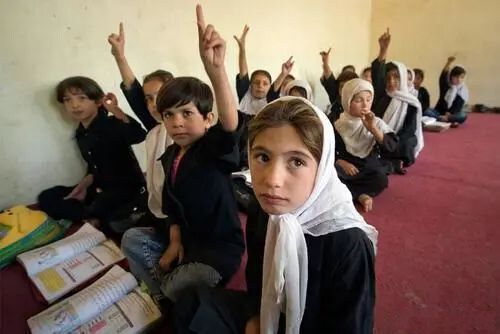
This country was battered in the 20th century. After the invasion of the Soviet Union, after 30 years of Taliban rule, and the war in Afghanistan, Afghanistan is now one of the most turbulent and poor countries in Asia. More than 6 million people became refugees. The income is only 4,000 yuan, and an income of more than 300 yuan a month. The poor people are the Afghan people. Although the United States and other countries have aided nearly 20 billion U.S. dollars, the ultimate peaceful life in Afghanistan will still be very far away. Editor/Xu Shengpeng
Comment
 Praise
Praise
 Collect
Collect
 Comment
Comment
 Search
Search




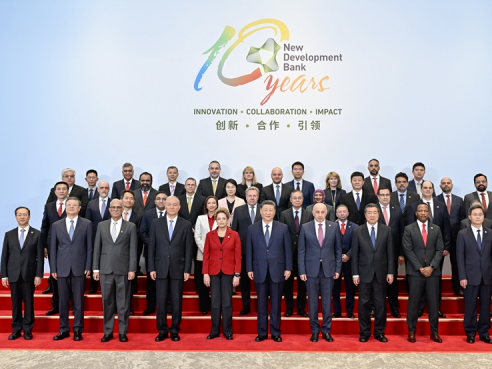
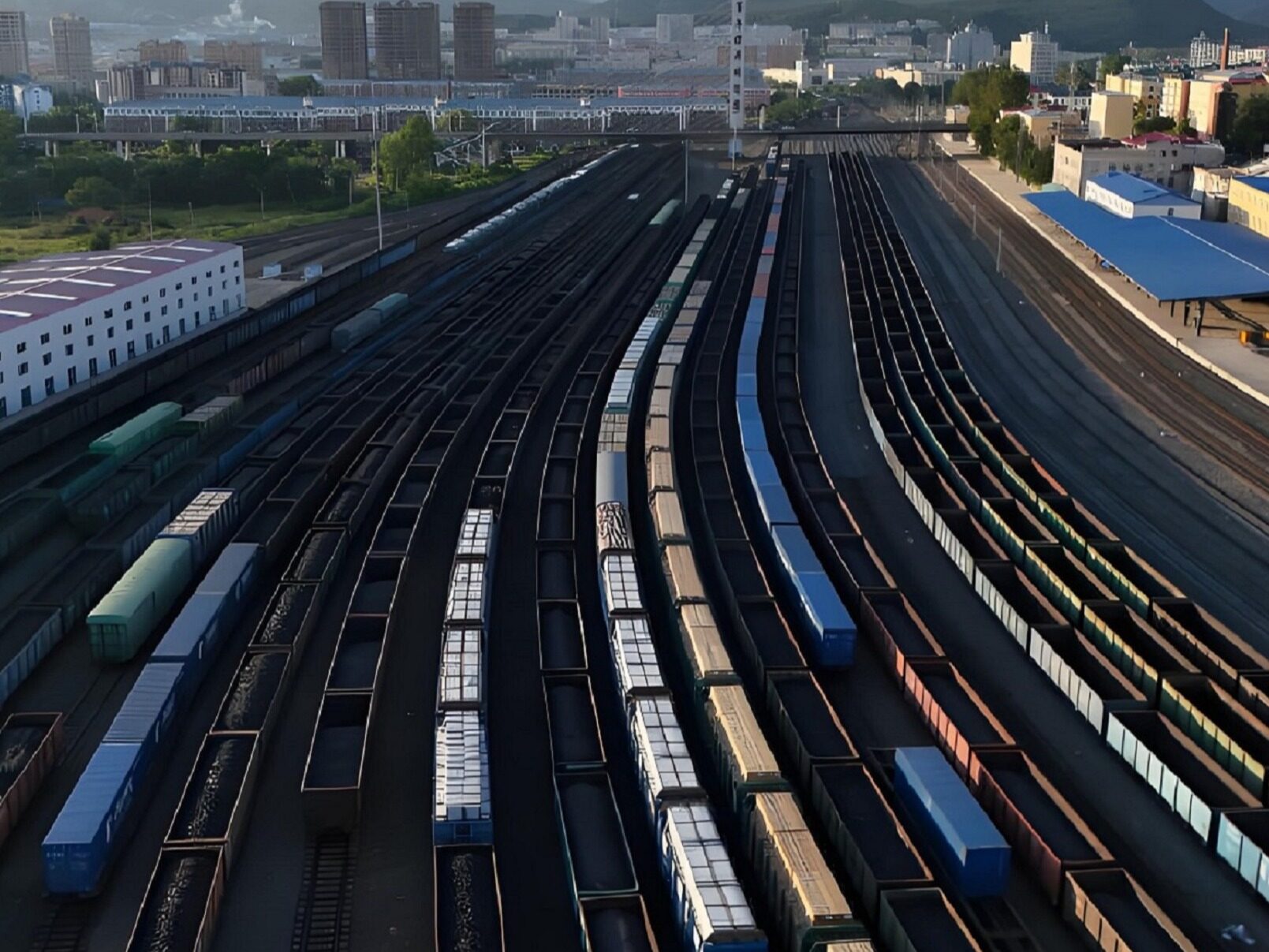
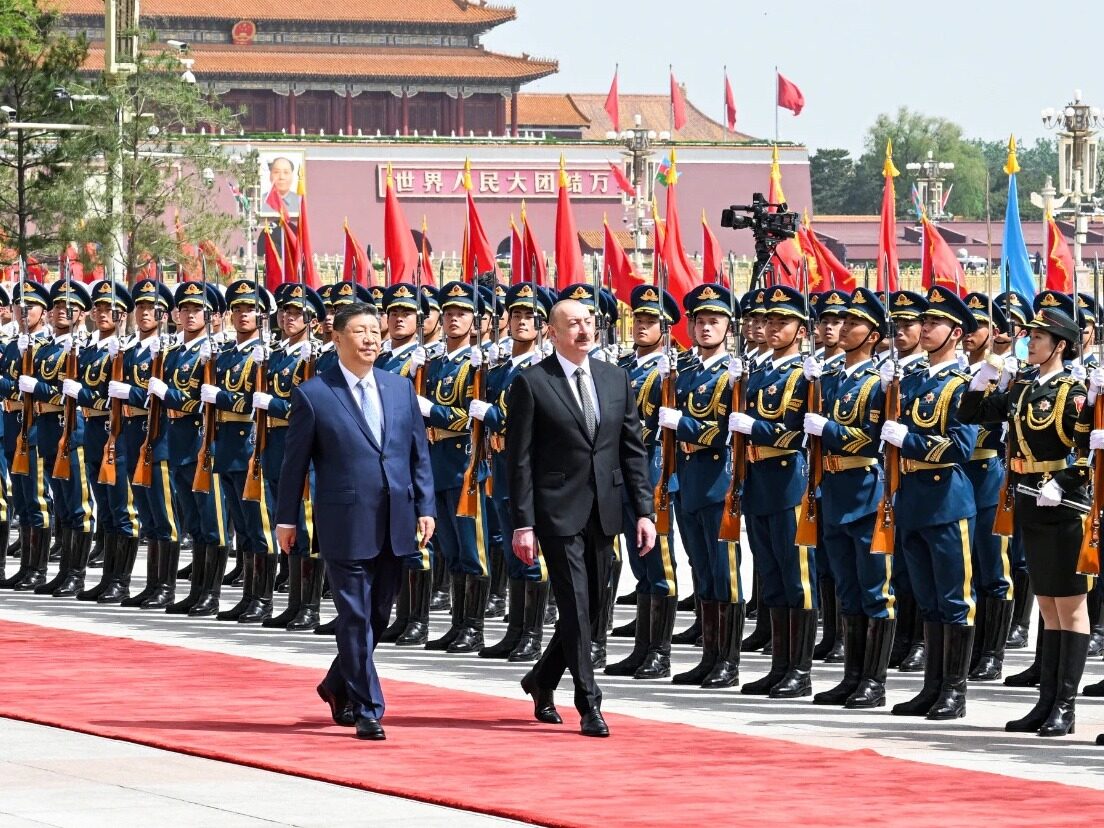
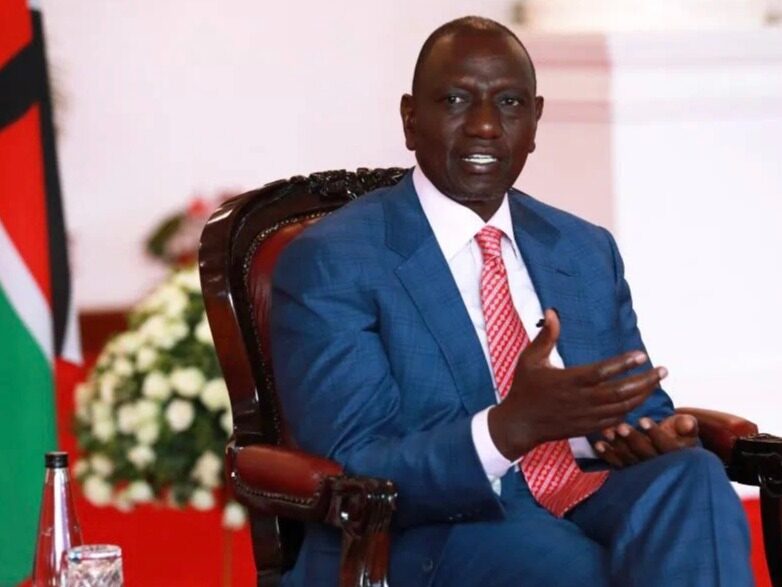






Write something~